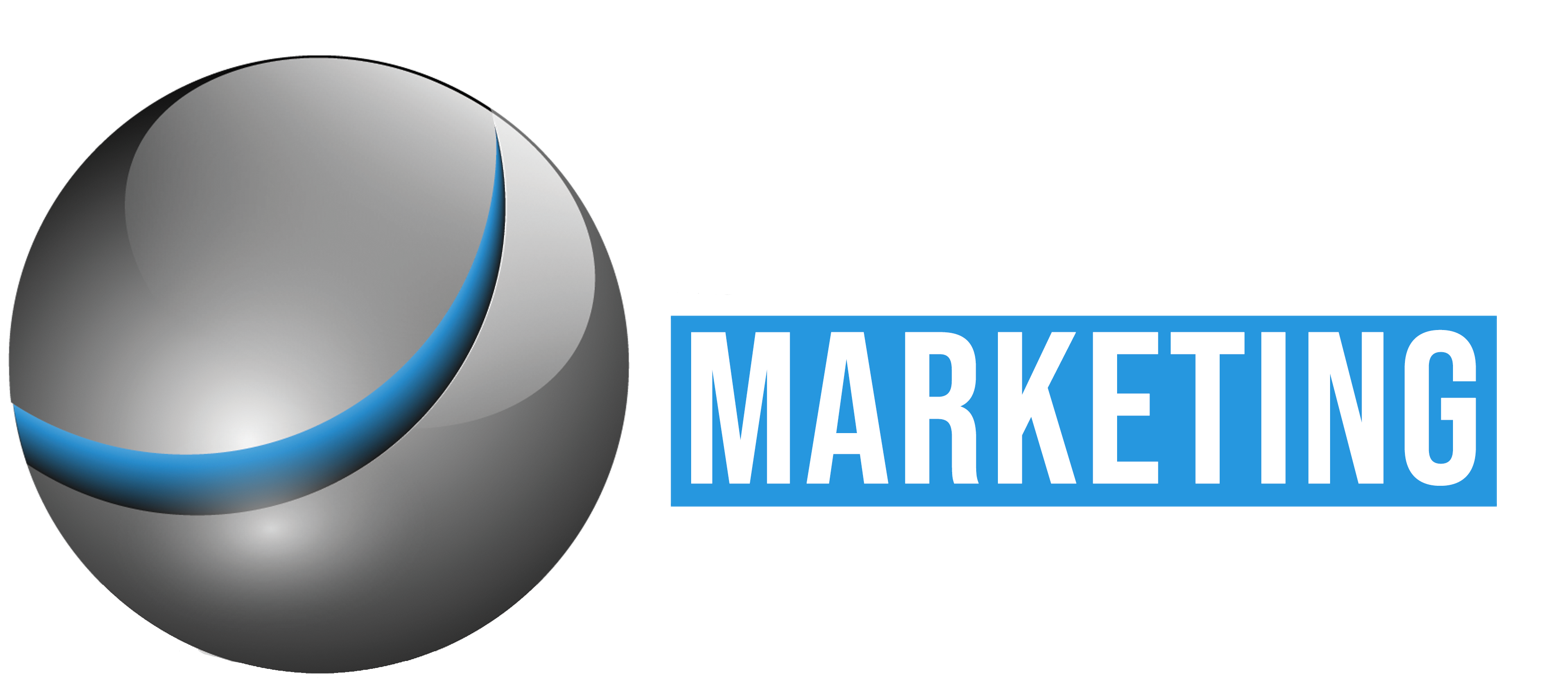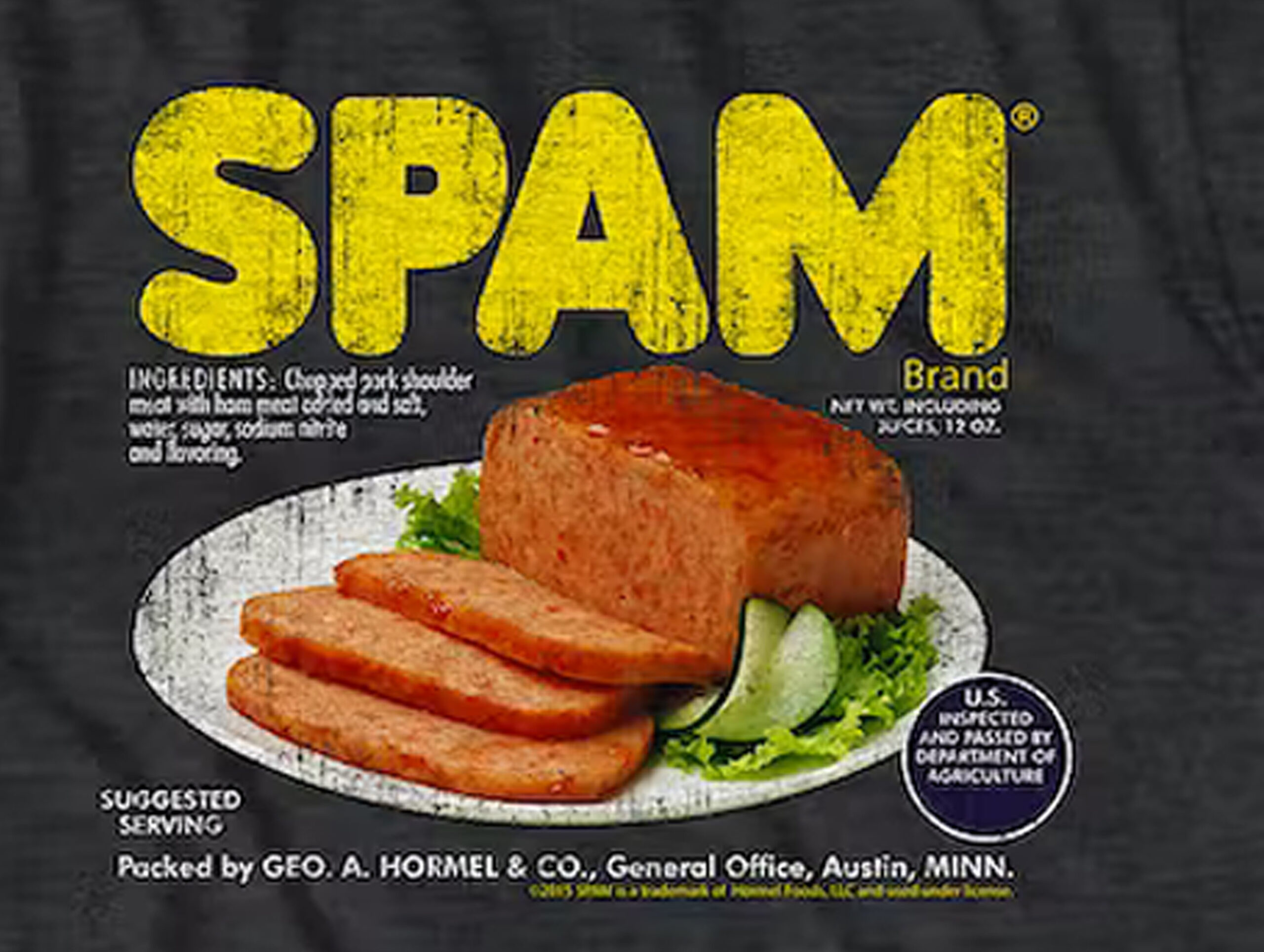Spin. Positioning. Angle…creative types always put forth some fun albeit slightly less than honest headlines and statements in the world of marketing, advertising and selling.
I recall the Dick Cavet entries into this lore with A-1 Steak sauce, Hamburgers were turned into a delicacy via his ramblings about using the sauce in a multitude of ways. We all knew hamburgers were just patties of ground up meat parts…but his spin made it so much more appealing. Never mind what he was actually saying was, ultimately, a little less than truthful
Call it what you want. Here are a few examples of how other’s lack of truth can get in the way of productive marketing, communicating and business. I’ve taken them and re-written them to be a tad bit more forthcoming in nature. Do with them what you wish.\
Lie: “The Keys to Successful Email Marketing”
Truth: “Things you’ll never implement to no matter how clever you are because frankly, you don’t understand them. And, perhaps more importantly, they are buried under a lot of “salesy” promotion of services.”
This isn’t so much your fault as a business or non-profit, Mostly, it’s because the keys to success detailed in articles following such
headline usually hinge upon hiring an expert to do stuff for you. So instead of encouraging you to be successful at something, the headline is more of a deterrent since it sounds like a sales pitch to begin with. What if instead of just being a slightly veiled sales pitch the “keys” were actually listed in an easy-to-understand format like this:
Use an autoresponder for automated sequential email and web forms. The use of auto-response email makes it easier for your business to communicate with your customer. By creating email ahead of time and plugging it into a scheduled release, email is sent to your consumer in a timed fashion. This allows your consumer to get real content or promotions without you creating it on the fly or under pressure once you receive their initial sign up.
Make sure you are SPAM compliant. Use a list serve instead of your own email from Microsoft office or Gmail (or Hotmail, etc) to send email blasts. This ensures you don’t get white-listed and never have your email delivered in the first place. List serve companies (there are many of them such as Aweber, IContact, Constant Contact, Vertical Response, Mail Chimp, Bronto, and so on and so forth) have relationships with Internet Service Providers (ISPs) such as AOL, MSN and the like so they allow higher deliverability rates.
Up your frequency. Not sure I can say this enough. Frequency is directly tied to familiarity…which is directly tied to credibility. I don’t mean just promotional material. I mean send people real content, real information and real “tips” instead of just promising the world but delivering another advertisement. You know what helps up frequency? Having a plan…and that is helped by auto- response email and being SPAM compliant.
Lie: “Never underestimate the power of ‘You’ in writing copy.”
Truth: “Go ahead and underestimate it if it means you can’t back up the personalization. In other words, if you say, “It’s not you. It’s me” then you better mean it. Because typically, it really is you.”
Confused yet? There is some truth to the adage of using the word “you” in copy generation. It brings the reader closer to the idea and the person writing. Rather than write to the masses, write to one person and the reader will feel the writing is directed more towards them. Intimacy should result.
However, this cannot overcome the artificial use of the word “you” simply to draw in a reader. Simply put, if you use the word just to draw people in but don’t have anything personal to say, your reader will catch on. Using the word just to create a fake sense of intimacy in writing will backfire once people sniff it out.
And they will. And you don’t want that…do you.
Lie: There is too much advertising. I can’t stand it. And neither can my customers. (Or any combination of those ideas)
Truth: “There is too much bad advertising. People cannot stand bad advertising.”
The fact is that good advertising is simply communicating…like free speech. It’s an exchange of ideas talking about a potentially profitable objective, product of solution. Good advertising revolves around giving people information they are seeking to
A.Improve their life
B.Improve someone they knows life
C.Improve theirs and someone they knows life.
Advertising is not evil. Nor are the companies behind it – including yours. So get passed it. However; bad advertising is prevalent in culture today. People scream at you, with megaphones, false promises and time-wasting propositions. It’s a perversion of the good communication idea. And, for better or worse, because of the ubiquitous nature of bad advertising, perfectly honest businesses get lazy. The bar gets lowered.
Here’s a secret for you. Communicate clearly, concisely. Have a point. Convert. If you can use those four objectives down when you write a headline, deliver a message, send an email, market in anyway at all, you’d not only be truthful, you’ll provide good advertising.
After all…what is hamburger? Chopped ham? No – it’s chopped steak…


